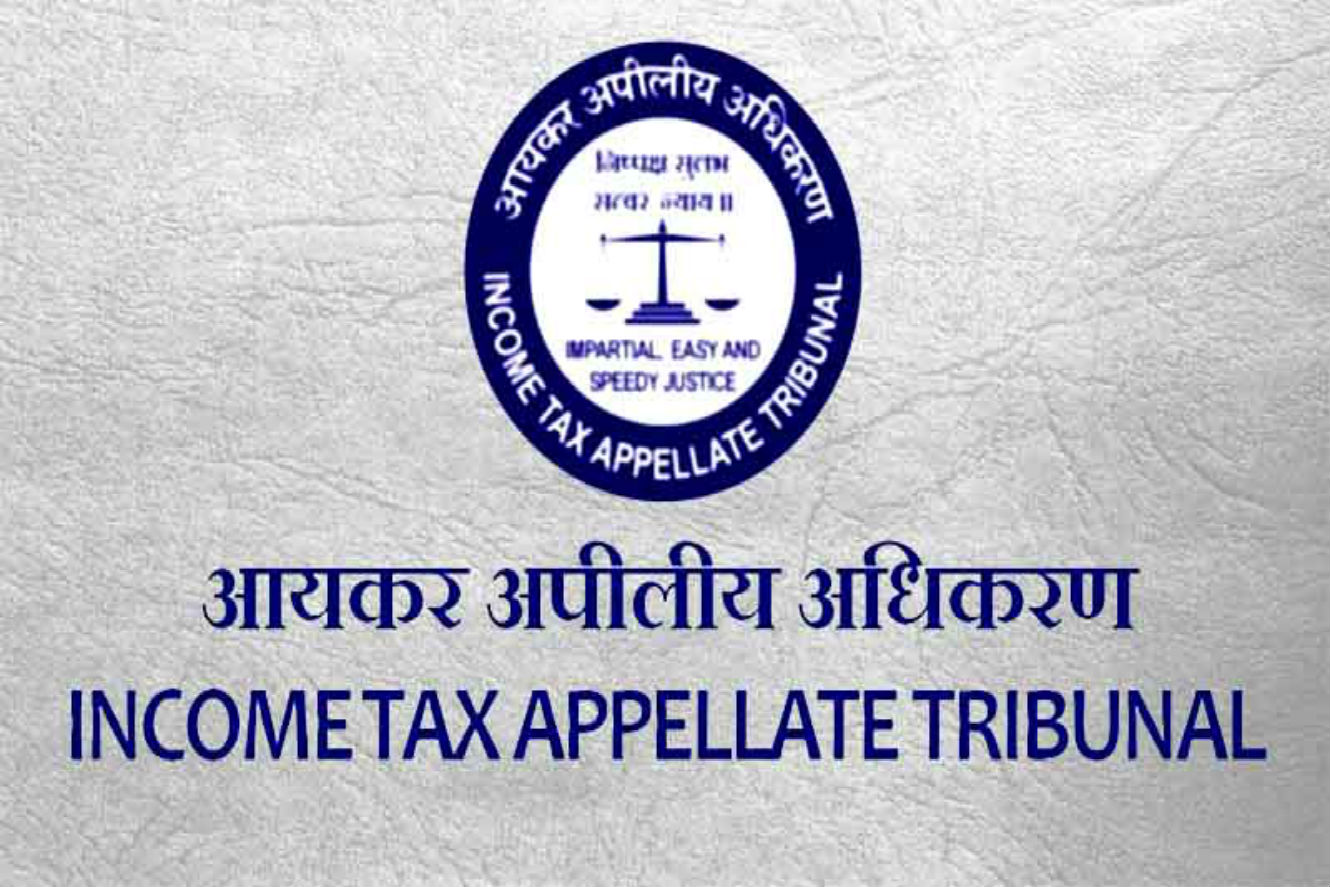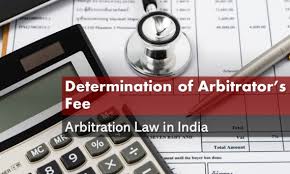Aikman and Griffin, JJ.@mdashThis is an appeal by the defendant vendee in a suit to establish a right of pre-emption. A preliminary objection is raised by the learned Counsel for the respondents on the ground that the memorandum of appeal was not properly stamped when it was presented. The stamp on the memorandum of appeal was found to be deficient, but the deficiency was made good within the time fixed. In our opinion the case falls within the purview of Section 582(a) of the CPC and we repel the preliminary objection.
2. The plaintiff respondent came into Court on the allegation that the defendant No. 2 had sold to the other defendant his zamindari property under a sale-deed dated the 26th of April 1904; that through fear of pre-emption a sum of Rs. 3,500 had been entered as the purchase money in the sale-deed, but that as a matter of fact the sale transaction was effected for Rs. 1,200, which the plaint stated to be the market value of the property. The plaintiff in his plaint stated that he was willing to pay the vendee Rs. 1,200 or any amount which the Court might adjudge to be the proper value of the property sold. The defendant vendee pleaded that the entire purchase money entered in the sale-deed had been paid. The Court of first instance found on the evidence that the sale price entered in the sale-deed was "at an unheard of rate." It did not accept the sum entered in the sale-deed as the real price, but determined that the real price was Rs. 1,733 and gave plaintiff a decree conditional on his paying this amount.
3. The defendant vendee appealed and in his petition of appeal took exception to the sale consideration as fixed by the first Court. On appeal the learned District Judge held, with reference to the evidence as to the income of the village, that the amount entered in the sale-deed, which is upwards of 67 years'' purchase must be. considered to be a fancy price. The learned Judge rightly remarks that it cannot be disputed that "if a purchaser is prepared to pay a fancy price for a property, a pre-emptor is bound to pay that price also," and that "if the actual price paid is satisfactorily established that is an end of the matter." He then referred to the previous decisions of this Court as indicating the principles which should guide Courts in matters of this kind. He held that the evidence adduced by the plaintiff had the effect of shifting to the defendant vendee the burden of proving that the sum entered in the sale-deed had been actually paid. He declined to accept as conclusive evidence the fact that Rs. 3,000 had been paid in the presence of the Sub-Registrar, and on consideration of the evidence as a whole he agreed with the lower Court that there was absolutely no reliable proof as to what was really paid, and held that the Court was right in adopting the fair market value as the best indication of what the price was. The defendant vendee comes here in second appeal.
4. It is contended on his behalf that the Court below was wrong in rejecting the evidence contained in the deed and in the admission before the registering officer, without rebutting evidence that any portion of the alleged sale price had not in fact been paid or had been returned, and in support of the contention reliance is placed on the decision of the Court in B.E. O''Conor v. Ghulam Haidar ILR (1906) All. 617. In that decision no reference is made to any previous rulings of this Court, and if it is opposed to those rulings we cannot look upon it as over-riding thy authority of a series of cases in which the same principle has been consistently laid down. In the case of Bhagwan Singh v. Mahabir Singh ILR (1882) All. 184 it was held that in a suit to enforce a right of pre-emption in which the plaintiff impugns the correctness of the price stated in the instrument of sale, although the burden of proof prim� facie is on him to show that the property has been sold below the stated price, yet very slight evidence is ordinarily sufficient to establish his case, and when such evidence is given it rests upon the defendants vendor and vendee to prove by cogent evidence that the stated price is the correct one. The ruling was followed in the case of Sheo Pargash Dube v. Dhanraj Dube ILR (1887) All. 225. The following extract from the judgment of Edge, C.J., has a direct bearing on this case. Referring to the rule laid down in the case last cited, the learned Chief Justice says: "That rule is that, in the first instance, the plaintiff who alleges the price to be fictitious must give some prima facie evidence which would lead to the presumption that the price mentioned in the sale-deed was not the real or true price. Having done that), it lies upon the vendor and vendee, who set up the price as true and genuine, to give such an explanation by evidence as will go to rebut the presumption raised by the plaintiff''s evidence. As a general rule how can that be done? The plaintiff in a case of this kind would not be a party to the transaction out of which the sale to the stranger arises. He would not, as a rule, have any actual knowledge of what the real price was. In the majority of cases the only prim� facie evidence which the plaintiff pre-emptor could produce would be either evidence showing that the vendor or the vendee had made an admission that the price was fictitious, and this could only happen in rare cases, or evidence showing that the market value of the property was so much less than the alleged price as would lead any reasonable man to come to the conclusion that the alleged contract price was not the real price." Again, in the case of Agar Singh v. Raghuraj Singh ILR (1887) All. 471 it was held that in suits for pre-emption where the Court has come to the conclusion that the price alleged in the deed of sale is not the true contract price, and where it cannot ascertain the true price by reason either that the vendor and vendee refused to disclose the same by their own evidence, or their evidence cannot be believed, the Court should ascertain if possible what was the market price of the property in dispute at the time of the sale and accept the market price as the probable price agreed upon between the parties. In our opinion the decisions just cited are distinct authority for the course adopted by the Courts below. The plaintiff by showing that the price entered in the sale-deed was greatly in excess of the market value of the property and by giving evidence of the price paid on sales of other property in the village and in the vicinity was held to have discharged the burden which prim� facie lay on him. That being so, the onus was transferred to the defendants and their evidence to prove that Rs. 3,500 was actually paid was not accepted by the Courts below. In our opinion on the authorities cited this appeal cannot succeed. We accordingly dismiss it with costs.

